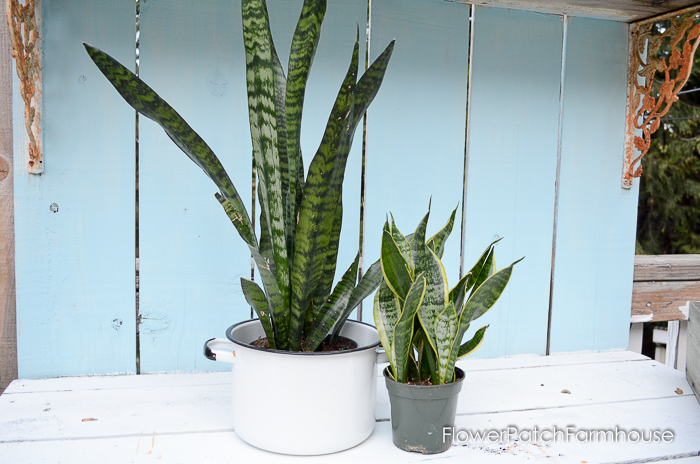As a proud plant parent, you put careful effort into helping your baby sage thrive So it’s incredibly frustrating when annoying little bugs start buzzing around those precious leaves Fungus gnats are a common pest that can populate the soil of potted plants and cause major headaches for any gardener. If these bothersome bugs have invaded your baby sage, don’t worry. With some strategic steps, you can kick them out and restore harmony to your herb garden.
In this comprehensive guide, we’ll cover how to identify gnats, effective natural remedies and treatments to eliminate them, and proactive steps you can take to prevent future gnat problems. With the right techniques, you’ll soon have a vibrant, gnat-free baby sage plant again.
How to Spot Gnat Infestations
The first step is learning what signs indicate fungus gnats are present. Here’s what to look for:
-
Small dark flying insects buzzing around soil surface or pot rim Adults are mosquito-like and about 1/8 inch long,
-
Larvae in soil that look like tiny worms up to 1/4 inch long. They are usually whitish or transparent.
-
Adults emerging from potting mix particularly when watered. Larvae live and feed in moist organic matter.
-
Plants with stunted growth and yellowing leaves. Gnats won’t directly damage plants but larvae feed on roots.
-
Clouds of gnats when disturbed. Letting soil dry out causes larvae to come closer to surface.
Thoroughly inspect topsoil and lower leaves where gnats lay eggs. Catching an infestation early improves control.
Safe Natural Remedies and Treatments
When dealing with gnat infestations on baby sage, use natural and non-toxic solutions first. Here are effective options:
-
Let soil dry out completely between waterings to deter gnats from laying eggs.
-
Cover soil with a thin layer of sand to prevent adults from emerging and laying eggs.
-
Mix a diluted neem oil solution and spray plant, coating leaves, stems and soil surface.
-
Apply insecticidal soap spray to kill adults on contact and control larvae through soil.
-
Introduce beneficial predatory insects like ladybugs or nematodes that feed on gnats.
-
Sticky yellow cards trap adults before they can reproduce. Trap catches indicate infestation level.
Be vigilant about reapplying treatments to interrupt gnat life cycles until population is gone. Monitor for any persistent hot spots.
When to Use Chemical Insecticides
For heavy gnat infestations, you may need to use insecticide chemicals as well in order to knock down populations. Here are two effective options:
-
Systemic insecticides – Applied to soil, the active ingredient is absorbed by plant roots circulating through tissues. Use with great care.
-
Bacillus thuringiensis (Bt) – This bacterium kills gnat larvae when ingested but is safe for people and pets. Apply as a drench.
Always follow label directions closely when using chemical insecticides. Only use them as a last resort for severe cases to avoid harming beneficial insects in your garden.
Prevent Gnats from Returning
Prevention is critical so fungus gnats don’t continually replenish in your baby sage’s soil and start the nightmare over again. Here are some key prevention tips:
-
Allow soil to dry out between waterings. Gnats need moisture to breed.
-
Remove dead leaves and debris near soil surface where gnats lay eggs.
-
Cover exposed potting mix with sand to block access to soil for egg-laying.
-
Immediately isolate and treat any new plants that show signs of gnats before introducing.
-
Avoid over-watering and promote drainage. Gnats thrive in perpetually damp soil.
-
Apply beneficial nematodes to soil as a biological control to kill larvae.
With some persistence using natural remedies and vigilant prevention, you can break the gnat cycle and protect your baby sage plant. No gardener wants to deal with annoying flying pests disturbing their plant babies. Use the right mix of treatments and maintenance to keep gnats away for good!
:max_bytes(150000):strip_icc()/HeatherBroccard-BelliStockGettyImagesPlus-c66aaa377be940baac6507711061e64d.jpg)
Boiling Water for Fungus Gnats
When I am in a hurry, I pour boiling water through the soil, in a wire sieve and let that do the work. (I primarily do this now as it is so easy to do though a bit messy so it is an outdoor job)
Why Fungus Gnats Persist
One primary reason fungus gnats persist is that new plants you bring home and potting soils all have them. They can contain both the adult gnats and the tiny eggs.
Gardeners can’t get away from it. It is part of the life cycle, especially if you are an organic gardener.
Potting soils purchased at garden centers, big box stores, and so on are all stored together. The potting soils are full of moist organic debris, perfect conditions fungus gnats love to breed in.
It is no one’s fault.
If you have a fungus gnat problem it is not because you are overwatering. I roll my eyes each time I read someone saying that.
Case in point, I was rid of the fungus gnats in my home. I suddenly noticed I had them again and wondered what was going on.
I water on a consistent schedule and adjust as the needs of plants change because of the environment and season.
Then I remembered I had brought home some herb plants that were on sale at a great price at a big box store and had placed them on my kitchen window sill until I could get them re-potted and into the greenhouse to grow on.
Sure enough, the plant soils were infested with fungus gnat adults and eggs in large numbers.

How to Get Rid of Gnats Indoors (Save the plants! Take back our homes!)
FAQ
How do I get rid of gnats in my starter plants?
What kills gnats without killing plants?
How do you get rid of gnats in herb plants?
Why is my plant infested with gnats?
